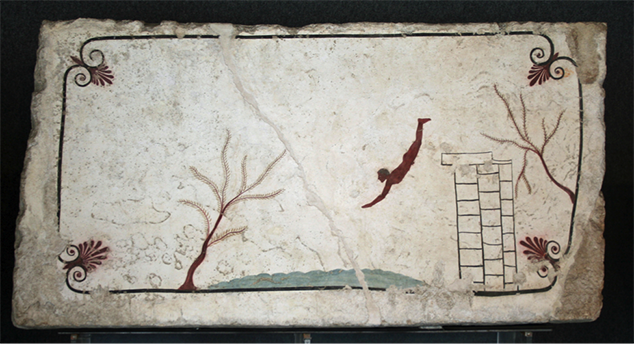-
WHAT IS NASA PHYSICS?
-
MODULES
-
Forces and Motion
-
Conservation of Momentum & Energy
-
Temperature and Heat
-
Fluids
-
Optics
-
Electromagnetic Spectrum
-
Modern Physics
-
Anticipation Guide 7
-
Intro to Modern Physics
-
Blackbody Radiation
-
The Ultraviolet Catastrophe
-
The Photoelectric Effect
-
Bohr's Atom
-
Spectra
-
Radioactive Decay
-
Special Relativity (SR)
-
Simultaneity
-
Distance and Time
-
General Relativity
-
May the Forces be with You
-
Modern Physics Notebook
-
Assessment Problems 7
-
-
Useful Things
-
-
SITE MAP
Conservation of Momentum & Energy
Conservation of Momentum & Energy
-
Anticipation Guide
-
Energy & Conservation Laws
-
What is Energy?
-
Kinetic Energy
-
Potential Energy
-
Energy Conservation
-
Roller Coaster Physics
-
Centripetal Force
-
Momentum
-
Angular Momentum
-
Gravity Assist
-
Energy Transformation
-
Notebook
-
Assessment Problems
Equation
TE = PE + KE +
FE + SE
2.1
Energy & Conservation Laws
Experimenting with KE and PE; tomb of the Diver, Paestum, Italy, 480-470 B.C; Wikipedia You stand at the top of the high dive platform, nervously looking anywhere but down. Now you jump off the board and fall, gracefully you hope, accelerating all the way to the water below, a sweet splash the only evidence of your passage. People have been diving for at least 2500 years, based on this tomb marker from early Roman times.
You stand at the top of the high dive platform, nervously looking anywhere but down. Now you jump off the board and fall, gracefully you hope, accelerating all the way to the water below, a sweet splash the only evidence of your passage. People have been diving for at least 2500 years, based on this tomb marker from early Roman times.
To get to the top of the platform, you had to do work, climbing upward, step by step. Standing on your toes at the platform edge you have lots of potential energy (due to position) and no kinetic (movement) energy. Dive, and your potential energy decreases as your kinetic energy increases – you speed up - until you slide into the water. The energy gained as gravity accelerated you downward is transformed into friction as the water slows you down (you even heat the water a tiny bit – thermal energy) and also as kinetic energy of a splash of water upward. As an equation, it looks like this:
Total energy = potential energy + kinetic energy + frictional energy + splash energy TE = PE + KE + FE + SE
The latter two are usually ignored because they are generally not as important in terms of quantity of energy as PE and KE (and they are usually harder to measure).
This is a good example of the transfer of energy from one type to another. In the ideal world (which is what physics textbooks consider, ignoring friction and other complicating factors) nothing is created or lost, it only changes form. We have seen how objects behave under the laws of motion set forth originally by Isaac Newton. Conservation laws (such as conservation of energy, mass and momentum) are just as fundamental in describing how the universe works. In short, these laws state that the total energy, mass or momentum of any closed system remains the same. Oh, to be sure, these things can be converted to other forms of energy. But the total amount, when all transformations are accounted for, remains the same.
© 2013 by Wheeling Jesuit University/Center for Educational Technologies®. 316 Washington Ave., Wheeling, WV 26003-6243. All rights reserved. Privacy Policy and Terms of Use.

